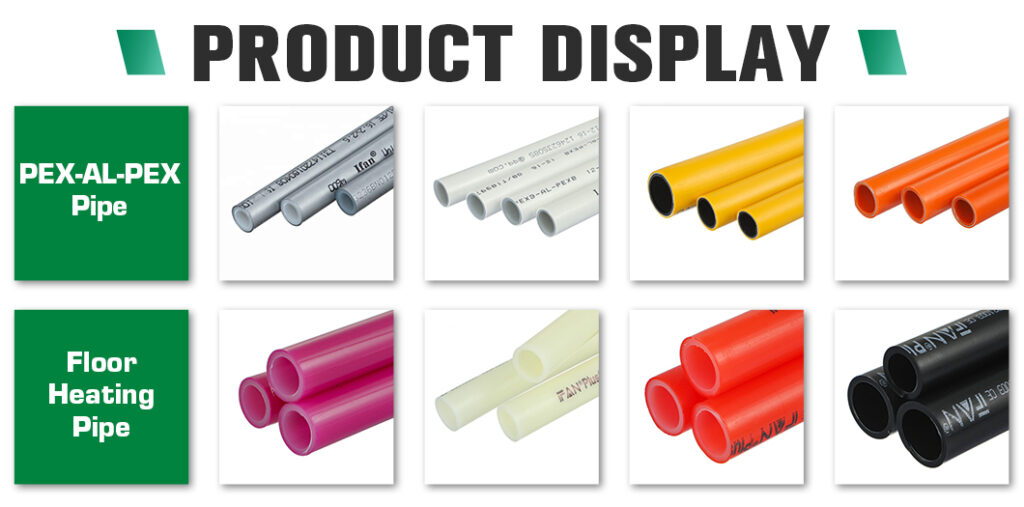Structure
What Is PEX Gas Pipe? IFAN PEX gas pipes are made of a cross-linked polyethylene material that is designed to be flexible, durable, and corrosion-resistant. These pipes come in various sizes and lengths, allowing them to be used for a variety of applications. They are typically available in coils or straight lengths and can be easily cut to the desired length. The structure of PEX gas pipes makes them ideal for use in both residential and commercial gas piping systems. This is our IFAN Facebook Website:www.facebook.com.
Usage
PEX gas pipes are used to transport natural gas and propane in residential and commercial buildings. They are commonly used in new construction projects, as well as in retrofits and remodels of existing structures. The flexibility of PEX gas pipes makes them ideal for use in tight spaces and around corners, allowing them to be installed easily on walls, floors, and ceilings. PEX gas pipes are also used for outdoor gas lines, such as those used for grills and outdoor heating systems.
How to Install PEX Gas Pipe:
- Prepare the area: Before beginning installation, ensure that the area where the PEX gas pipe will be installed is clean and free from any debris. This will help to prevent any damage to the pipe during installation.
- Cut the pipe: Measure the length of the PEX gas pipe that is needed and cut it to size using a pipe cutter. Be sure to use a cutter that is specifically designed for PEX pipes to avoid damaging the pipe.
- Install fittings: Once the pipe has been cut to size, install the necessary fittings. PEX gas pipes typically use compression fittings or crimp fittings, depending on the application. Follow the manufacturer’s instructions for the specific fittings being used.
- Run the pipe: Once the fittings have been installed, run the PEX gas pipe through the wall, floor, or ceiling as needed. Be sure to use hangers or clips to secure the pipe and prevent it from moving or vibrating.
- Connect to the gas source: Once the pipe has been run to its final destination, connect it to the gas source. Again, follow the manufacturer’s instructions for the specific connection method being used.
- Test the system: Once the PEX gas pipe has been installed and connected, test the system for leaks. This can be done using a pressure gauge or by using a gas leak detector.

Best Practices for Installing PEX Gas Pipe
- When installing PEX gas pipes, there are several best practices to follow to ensure a safe and effective installation. These practices include:
- Use the right tools: When cutting and installing PEX gas pipes, be sure to use tools that are specifically designed for use with PEX. Using the wrong tools can damage the pipe and lead to leaks.
- Follow manufacturer’s instructions: PEX gas pipes are manufactured by a variety of companies, and each company may have specific installation instructions. Be sure to follow the instructions provided by the manufacturer to ensure a safe and effective installation.
- Use proper fittings: PEX gas pipes require fittings that are designed for use with PEX. Using fittings that are not designed for PEX can lead to leaks and other problems.
- Secure the pipe: PEX gas pipes should be secured to prevent them from moving or vibrating. Use hangers or clips to secure the pipe in place.
- Test the system: After the PEX gas pipe has been installed, test the system for leaks. This should be done before the gas is turned on to ensure that the system is safe.
Follow local codes: Always follow local codes and regulations when installing PEX gas pipes. These codes are designed to ensure the safety of the installation and should be followed carefully.If you want to know more about our products, please feel free to contact IFAN, and we will provide you with the best choice!

